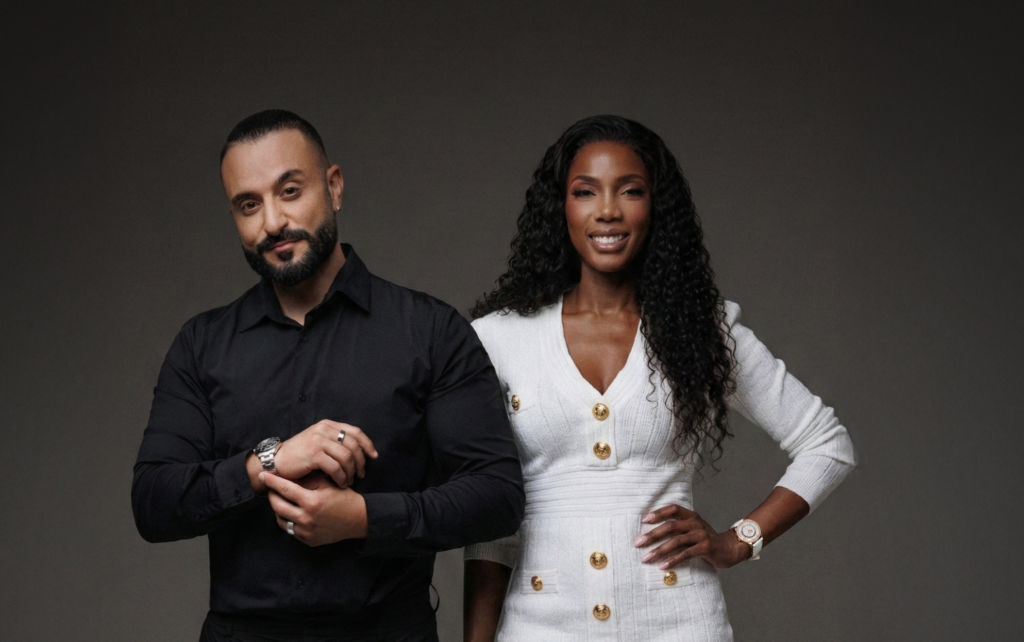By Erhan Ecevit
Today everyone who works in consumer insight business knows it’s getting difficult to get to the key insight that will differentiate brands in the marketplace. In traditional market research, we tend to ask consumers what they do, when, where, why? We ask them but then are they saying the truth? or maybe what they think is the truth.
One of the reasons why consumers don’t tell the truth is they want to rationalize their behavior, they want to look smart, stylish, modern, independent etc. And we have ways to understand when they do this. But another big issue is; they simply don’t know why they do what they do. This is understandable given that much of our thinking is done through our unconscious.
Consumers today are receiving between 4 to 10 thousand brand exposures a day. In addition, to the news, their daily chores, kids school, bills. That is a lot of information for the brain. Hence, many activities are therefore turned into habits; decisions are made based, not on rationale, but some cues.
For example, I am not sure people spend 5 minutes reading ingredients of a chocolate bar. Yes, they look at the packaging to decide whether it has the right taste, calories, crunchiness etc. But not everyone reads the text on the yoghurt cup to see if it’s natural and nutritious.Instead people opt for what they are used to eating.
Therefore, when we ask consumers why they do something directly – since they haven’t consciously thought about it – they can’t tell us the real reason.
Hence our model of OZ research, called ZMET – Zaltman Metaphor Elicitation Technique, which is unique as it centers around the use of metaphors.
Metaphors are simple representations of different things around us. We use metaphors daily – 5 to 6 times a minute on average, to understand and react to the surroundings around us. As an example, we say “I’m over the moon” to express our happiness, “I shook like a leaf” to express our fear. These are what we call surface metaphors, simple expressions we use in our daily speaking.
Zmet model digs deeper into these metaphors to reveal “deep metaphors”, which are largely unconscious and universal. Seven of them are particularly important, they are: Container, Control, Connection, Balance, Journey, Resource and Transformation.
Understanding how these deep metaphors are associated with the category and the brand itself has many uses in marketing, new product concepts, communication platforms, innovation, creating new consumer experiences to name a few. This model is validated with 12000 interviews made in 30 different countries.
The other uniqueness of the model is that it uses images to access the unconscious. When we think about any concept or a matter, firstly an image of it comes to our mind. Using images allows us to talk to consumer’s mind in its native language.
Using visual representations to talk to the brain in its native language, and decoding the metaphors, we are able to go into territories where no other method can. This is certainly a revolution for market research.
We know today that 95 percent of all cognition occurs below one’s awareness. Translated into marketing, this means 95 percent of the times, we are not really aware why we choose one brand over the other – when asked we tend to say “we feel” it will do the job, or be better than others. By accessing this “feeling – believing” part, or the subconscious thinking, marketers are able to more effectively engage their customers and get a better return on their investment.
Erhan Ecevit is the Head of International Business at Futurebright Market Research & Consultancy.






